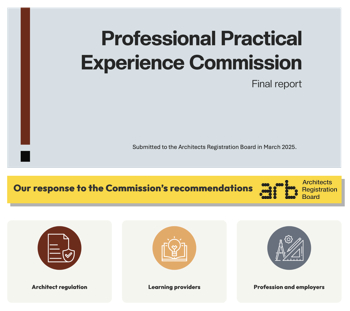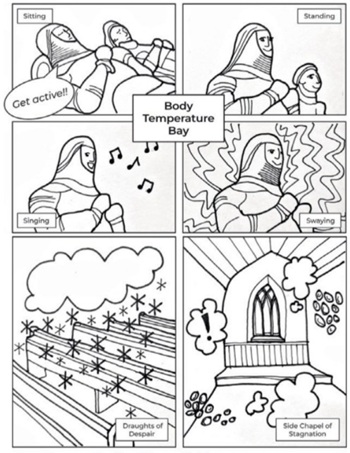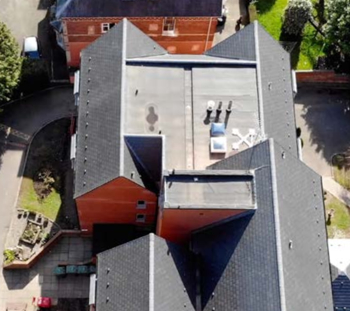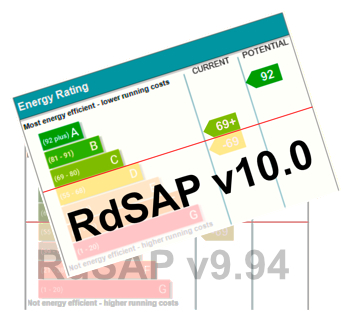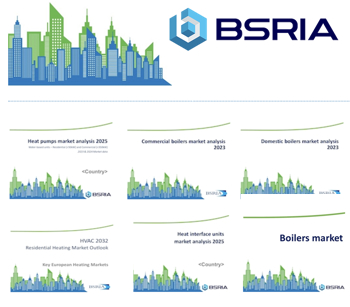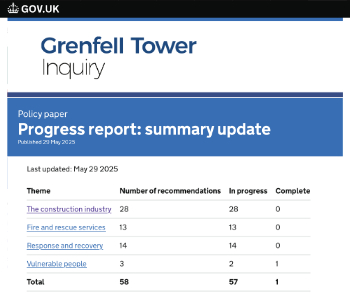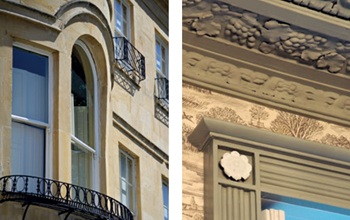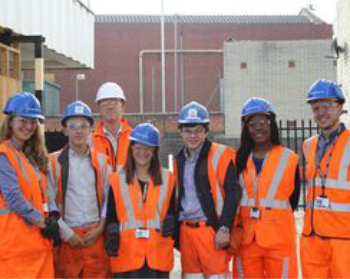Do green buildings pay?
Contents |
[edit] Introduction
In recent years there have been different views expressed about the value of investing in sustainable buildings. On the one hand is the view that green buildings can be more valuable – being cheaper to run, attractive to tenants and more secure against the impacts of increasing sustainability legislation. On the other there has been the perception that designing and constructing sustainable buildings can add to capital costs, reducing the building’s economic viability. So, how is the debate developing and how can investors and developers gain greater confidence that investing in sustainability will pay dividends?
[edit] More valuable?
It might have been expected that the drive for greater sustainability in the built environment would have been derailed – or at least significantly set back – by the recent global crisis which has been particularly hard on the construction and property sectors. However interest in sustainability does not appear to have waned and the use of sustainability certification schemes, such as BREEAM, to showcase a building’s ‘greenness’ has increased significantly and spread to countries around the world. It may be that in troubled times, uncertainties in the market gives the distinction of being sustainable a greater impact.
Back in 2010 a survey of property investors posed the question, ‘How will green buildings perform against non-green buildings?’ An overwhelming 86% of respondents said that green buildings will become more valuable (Green to Gold report, GVA Grimley, 2010). Little has happened since then to shake that conviction – if anything, the incentives for property owners and managers to make their buildings more sustainable have continued to grow.
In recent years a growing body of independent research has been providing hard evidence to back up the view that sustainability adds value. One example is a Maastricht University report published by RICS Research in 2012. It described a study of the effect of BREEAM certification on office buildings in London, over a period from 2000 to 2009. Among its findings were that “There are positive premiums for rents and transactions prices for BREEAM certified buildings. Rents are 21% higher and transactions are 18% higher”.
[edit] What about costs?
There is also an increasing body of research into whether a sustainable approach to the design and construction of buildings necessarily adds to the costs. But in this case the evidence disputes that perception.
Research by Sweett Group and BRE, published in 2014, for example, applied cost data from actual construction projects to three case study buildings – an office, a school and a community healthcare centre – to produce detailed capital and operational cost information. The report of this study presents the actual costs of a range of individual sustainability strategies, and the additional costs (if any) of achieving various levels of overall building sustainability. It also reveals the associated payback to be gained from reduced utility costs.
The study found that specifying sustainability measures during the design and procurement stages can bring cost savings without adding significantly, or at all, to upfront costs. The researchers concluded that achieving the lower BREEAM sustainability ratings can incur little or no additional cost. Targeting higher BREEAM ratings, and so more challenging levels of sustainability, incurs some additional cost but this is typically less than 2%. The investigation of life cycle operational costs showed that any additional cost can be paid back within 2–5 years through utility savings.
[edit] Are investors using sustainability to improve value?
Research evidence is all well and good, but are real estate investors and developers using sustainability to improve the value of their assets? The answer appears to increasingly be ‘yes’. One example is Scandinavian construction leader NCC. “Sustainability issues must be part of everyday business,” says Peter Wågström, president and CEO of the multinational NCC Group. “Companies that fail to recognise this will not survive in the long term.”
A vital element of the NCC’s strategy of sustainable development is the use of recognised third-party certification schemes to measure and demonstrate the sustainability of building assets. For example, NCC Property Development is the largest developer of certificated BREEAM assessed buildings in Scandinavia.
NCC believes that third-party assessment and certification of building sustainability leads to a superior environmental performance, lower operating costs, reduced risk and greater appeal for investors, tenants and residents.
“Third party certification with BREEAM creates incentives for all parties involved in a building project to strive in the same direction and focus on sustainability issues,” says Carola Lavén, business area manager for NCC Property Development. “We are convinced that our high ambitions in this respect pay off in terms of better returns on our investments. This is particularly true at a time of financial insecurity, which has increased the investor demand for high quality properties with low risks. Certificated buildings are definitely higher valued and create safer long-term investments.”
This article was created by --BRE Buzz. It was originally published on BRE Buzz in October 2015 and was written by Simon Guy, Head of Marketing and Communications - Sustainability at BRE.
You can see the original article here.
[edit] Related articles on Designing Buildings Wiki
Featured articles and news
Professional practical experience for Architects in training
The long process to transform the nature of education and professional practical experience in the Architecture profession following recent reports.
A people-first approach to retrofit
Moving away from the destructive paradigm of fabric-first.
International Electrician Day, 10 June 2025
Celebrating the role of electrical engineers from André-Marie Amperè, today and for the future.
New guide for clients launched at Houses of Parliament
'There has never been a more important time for clients to step up and ...ask the right questions'
The impact of recycled slate tiles
Innovation across the decades.
EPC changes for existing buildings
Changes and their context as the new RdSAP methodology comes into use from 15 June.
Skills England publishes Sector skills needs assessments
Priority areas relating to the built environment highlighted and described in brief.
BSRIA HVAC Market Watch - May 2025 Edition
Heat Pump Market Outlook: Policy, Performance & Refrigerant Trends for 2025–2028.
Committing to EDI in construction with CIOB
Built Environment professional bodies deepen commitment to EDI with two new signatories: CIAT and CICES.
Government Grenfell progress report at a glance
Line by line recomendation overview, with links to more details.
An engaging and lively review of his professional life.
Sustainable heating for listed buildings
A problem that needs to be approached intelligently.
50th Golden anniversary ECA Edmundson apprentice award
Deadline for entries has been extended to Friday 27 June, so don't miss out!
CIAT at the London Festival of Architecture
Designing for Everyone: Breaking Barriers in Inclusive Architecture.
Mixed reactions to apprenticeship and skills reform 2025
A 'welcome shift' for some and a 'backwards step' for others.








